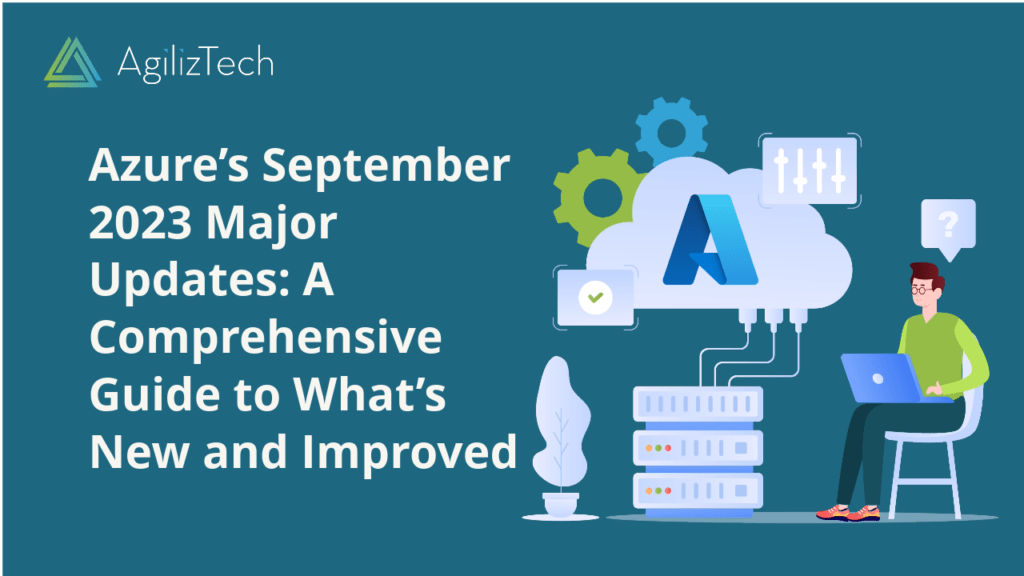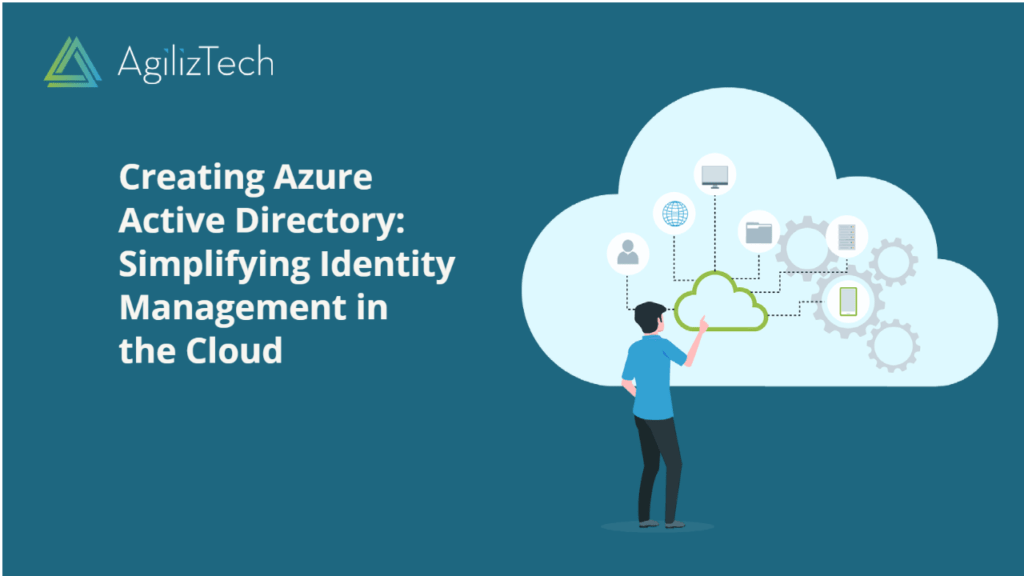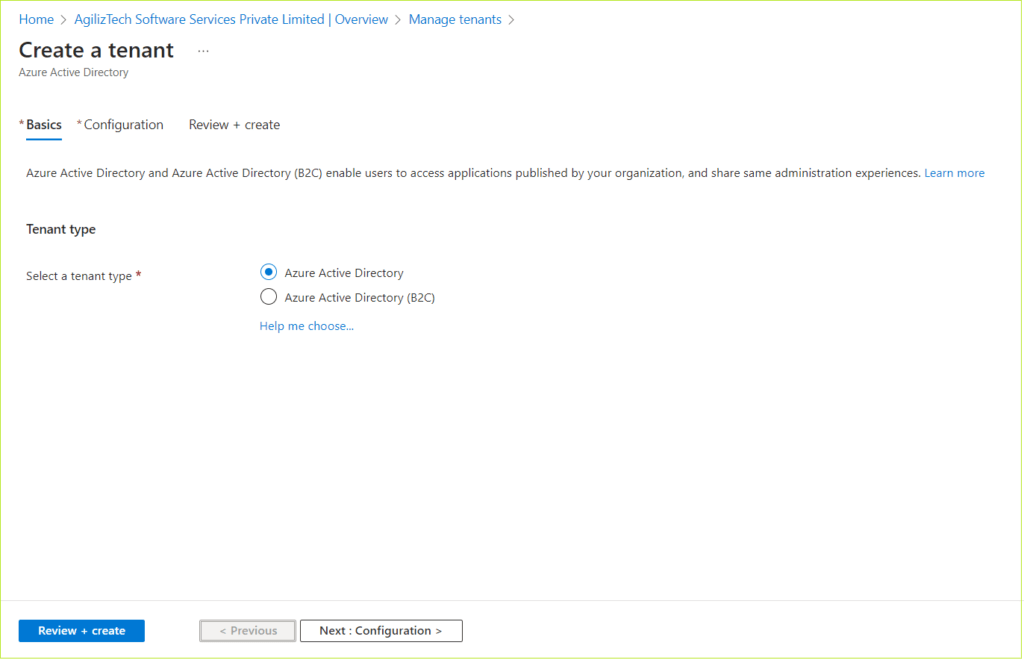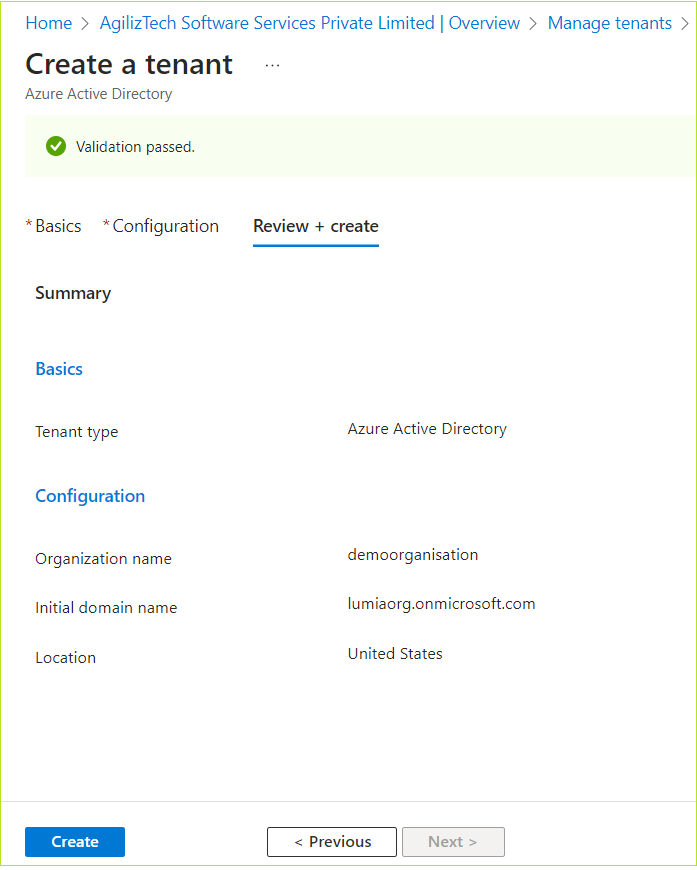Microsoft Entra ID: What’s in a name?
Microsoft has recently announced that it will rebrand its popular cloud-based identity and access management service, Azure Active Directory, as Microsoft Entra ID. This change will take effect in early 2024, and will affect all existing and new customers of the service. But why did Microsoft decide to change the name of such a well-known and widely used product? And what does Entra ID mean?
In this article, we will explore the reasons behind this rebranding and how it reflects Microsoft’s vision and strategy for the future of identity and security in the cloud.
Why change the name?
Azure Active Directory, or AAD for short, was launched in 2010 as a cloud-based version of Microsoft’s on-premises Active Directory service. It provides identity and access management for Windows-based networks. AAD enables users to sign in and access applications and resources across Microsoft’s cloud platform, Azure, as well as third-party services that integrate with AAD. AAD also offers features such as multi-factor authentication, single sign-on, conditional access, identity protection, and more.
Over the years, AAD has become one of the world’s most popular and trusted cloud identity services, with over 400 million active users and over 30 billion authentication requests per day. AAD supports over 3,000 pre-integrated applications and is used by over 90% Fortune 500 companies.
However, Microsoft realized that the name Azure Active Directory no longer accurately reflects the scope and capabilities of the service. As Microsoft’s cloud platform evolved, so did AAD. It is not just a directory service for Azure anymore. AAD is a comprehensive identity platform that works across multiple clouds, hybrid environments, and devices. It is also not just an extension of Active Directory anymore. It is a modern and innovative service which leverages machine learning, artificial intelligence, and blockchain to provide secure and seamless identity experiences for users and organizations.
Therefore, Microsoft decided to rename AAD as Microsoft Entra ID, to better communicate its value proposition and differentiation in the market.
What does Entra ID mean?
Microsoft Entra ID is a combination of two words: Entra and ID. Entra is derived from the Latin “intrare”, meaning “to enter”. ID is an abbreviation for “identity”. Entra ID signifies Microsoft’s mission to enable users to enter any application or resource with their identity, regardless of where they are or what device they use.
Microsoft Entra ID also conveys Microsoft’s vision to empower users and organizations with intelligent and adaptive identity solutions that enhance security, productivity, and collaboration in the cloud era.
What are the benefits of Entra ID?
Microsoft Entra ID will offer the same features and functionality as AAD, but with a new name and logo that align with Microsoft’s brand identity and design language. Customers using AAD today will not need to change their configurations or integrations. They will simply see the new name and logo in their portals, documentation, and communications from Microsoft.
However, Microsoft Entra ID will also bring some new benefits to customers, such as:
- A simplified and consistent naming scheme across Microsoft’s cloud services. For example, instead of Azure AD B2C (Business to Consumer), customers will see Microsoft Entra ID B2C. Instead of Azure AD B2B (Business to Business), customers will see Microsoft Entra ID B2B.
- A unified and integrated identity experience across Microsoft’s cloud offerings. For example, customers using Microsoft 365, Dynamics 365, Power Platform, or other Microsoft cloud services can manage their identities using Entra ID as a single-entry point.
- A more flexible and extensible identity platform that can support new scenarios and use cases in the future. For example, customers can leverage Entra ID’s capabilities for decentralized identity using blockchain technology or for verifiable credentials using digital certificates.
Conclusion
Microsoft Entra ID is more than just a name change. It reflects Microsoft’s commitment to delivering innovative and secure identity solutions for the cloud era. By rebranding AAD as Entra ID, Microsoft aims to simplify its messaging, unify its identity offerings, and extend its platform for new opportunities and challenges.





